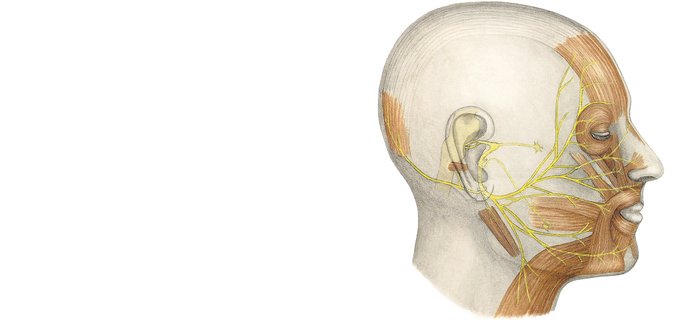Sorensen Clinic
Plastic and Reconstructive Surgery
10 Knaresborough Place
Kensington
London SW5 0TG
United Kingdom
Appointments: +44 (0) 20 7600 4444
Email: info@sorensenclinic.com
Office hours
Monday - Friday: 09.00 - 17.30

Although the vast majority of smaller skin lesions are removed by dermatologists and general surgeons, specialised aesthetic and reconstructive plastic surgery may be warranted when lesions are either large or located in sensitive anatomical regions of the face
● Seborrheic keratoses are non-cancerous growths of the outer layer of skin. They are usually brown, but can vary in colour from beige to black, and vary in size. They appear as if glued to the skin and become more common with age.
● Acquired nevi (moles) can appear anywhere on the skin. They are usually brown, but can be skin-coloured or pink, light tan to brown, or blue-black. Moles may be flat or raised and can be various sizes and shapes. Sun exposure increases the number of moles. The majority of moles are benign.
● Congenital melanocytic nevi occur in approximately 1% of newborns and are usually classified according to their size. Giant congenital melanocytic nevi are associated with an increased risk of the development of melanoma and are surgically removed.
● Sebaceous cyst is a slow-growing, benign cyst that contains follicular, keratinous, and sebaceous material. Ranging in size, they are formed when the release of sebum from the sebaceous glands in the skin is blocked.
● Skin tag (papilloma) is a benign, soft, moveable, skin-coloured growth that hangs from the surface of the skin on a thin piece of tissue called a stalk. The prevalence of skin tags increases with age.
Other types of benign lesions include: hemangiomas (vascular anomalies), fibromas (connective tissue nodules) and lipomas (subcutaneous fat accumulations).
All skin elements are removed effectively by excision. Scars are placed within naturally-existing facial lines to maximise invisibility. If malignancy is suspected, samples will be sent for further histopathological investigation.
Anyone with symptomatic or unaesthetic skin lesions
Characteristics
Benign lesions are generally well-circumscribed and clearly defined from surrounding anatomical structures, both in the depth and on the surface. They grow slowly and do not undergo changes unless associated with tissue irritation or inflammation.
Lesions may be either flat, raised or nodular and are normally soft and mobile. The surface may be rough, fatty or preserve similar texture as the surrounding skin, sometimes including hair. They rarely contain visible blood vessels. Pigmentation and color is usually uniform throughout the lesion. Benign lesions are rarely associated with sensations such as itching or pain.